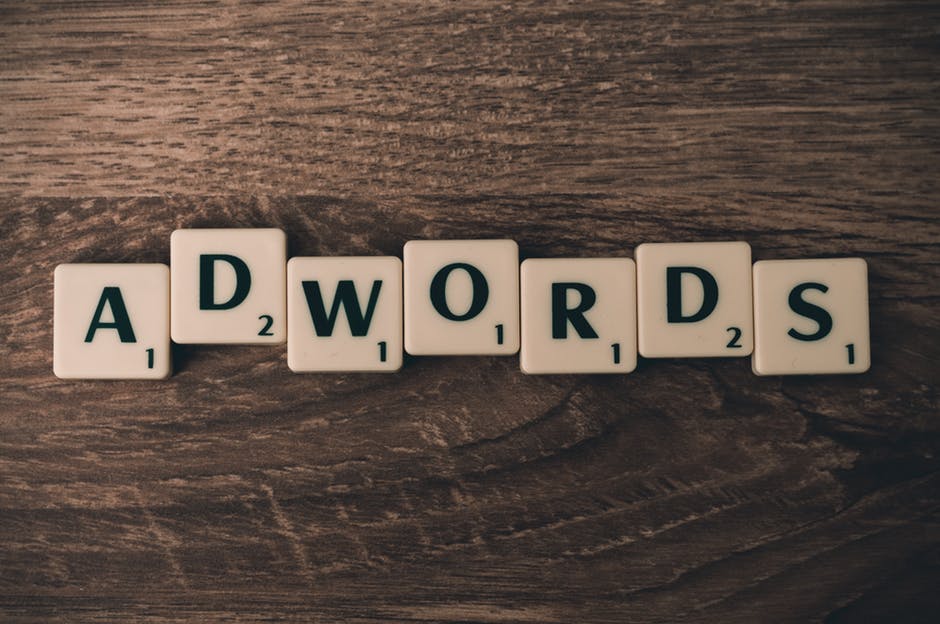How does PPC work, anyway?
Pay per click advertising is a massive industry. In 2017 alone, 7 million advertisers spent over $10.1 billion on PPC ads. It begs the question: why are so many people spending big bucks on this form of advertising?
The easy answer? It works.
The more accurate answer? It works if you know what you’re doing. Fortunately, it doesn’t take an MBA to master the fine art of PPC. All it takes is some research and a little bit of practice.
What about you? Are you ready to increase your leads and sales? If so, jump on. This train is headed to your destination, first stop-PPC fundamentals. Read on.
How Does PPC Work?
To understand how PPC works, we first need to agree on what it is. The idea is to create an ad that is put in front of a target audience. The audience views your ad on their desktop or mobile browser.
If they’re interested in learning more, they click on your ad. Their browser then redirects them to another site which gives them more information on your service or product. At least that’s how it first began.
It’s recently morphed into something altogether more sophisticated.
Elements Involved
Google AdWords and Facebook PPC ads are the two most popular PPC services. When you run an ad campaign on either of these services, you must create the following assets:
- The Campaign: a group of ads and ad channels based on a theme
- The Ad Group: a group of ads related to the campaign
- Keywords: used to determine who the ads will be sent to
- Ad Text: the copy used in the ad itself
- Ad Graphics: graphical elements in the ad itself
- Landing Page: the site to which ads send visitors
You should have all these elements in place before you bid on your keywords, which we’ll explain in the next section.
Bids
When you build your first PPC campaign, you must bid on each keyword. You’re bidding against others who want their ads displayed in front of viewers searching for the same keywords.
Say you bid $0.10 on the keyword “brown leather women’s shoes.” If you win your bid, your cost per click will be $0.10. Each time a viewer clicks your ad, you pay $0.10.
Fortunately, you also set a spending limit per day. If you want your ad displayed in front of 5,000 people, each person would cost you $0.10 for a total of $500.
Other Options
In recent years, services began offering options to marketers hitting prospects at other parts of the sales funnel. You can do things like increasing your brand recognition by using non-clickable ads. You can also place your phone number in front of viewers instead of redirecting them to another website.
A whole slew of options exist. At least one for every part of the sales funnel. The benefits of PPC are many, with new options being added yearly.
What’s Next?
We’ve answered the question, “how does PPC work?” Now it’s time to weight the results. Is PPC worth it for your business?
If you’re willing to learn the process and have a few dollars to experiment, then hopefully your answer is yes. If you don’t have the time, you can also hire a pro to take over. They can bypass the learning process and jump straight to the money-making portion of your strategy.
Did you find this material helpful? Then please drop by our library to view our huge assortment of digital design, development, and marketing articles.

